In a previous article we provided tips on maximising fuel economy in Toyota’s range of self-charging hybrids. This article offers advice on how RAV4 Plug-in Hybrid fuel efficiency might be improved with some careful and considered driving.
First, let’s look at how the SUV’s plug-in hybrid powertrain works, and how it differs from those found in Toyota’s range of self-charging hybrids.
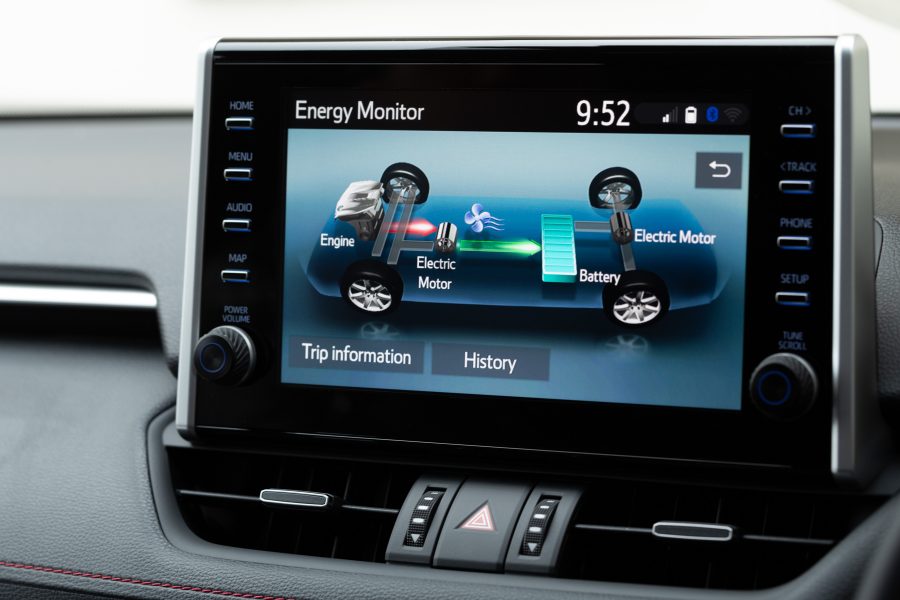
Cars such as Corolla Hybrid, Toyota C-HR and RAV4 Hybrid pair petrol engines with compact electric motors to provide a mix of limited electric-only running or a combination of petrol-electric or petrol-only power. The electric motor’s battery is charged on the go, by the petrol engine and via regenerative braking.
Things are different in RAV4 Plug-in Hybrid, which combines a 2.5-litre motor, a larger EV battery and two electric motors (one on each axle) to produce extra drive power. Significantly, this system also offers the ability to cover greater distances and run at higher speeds in ‘EV mode’ compared with RAV4 Hybrid.
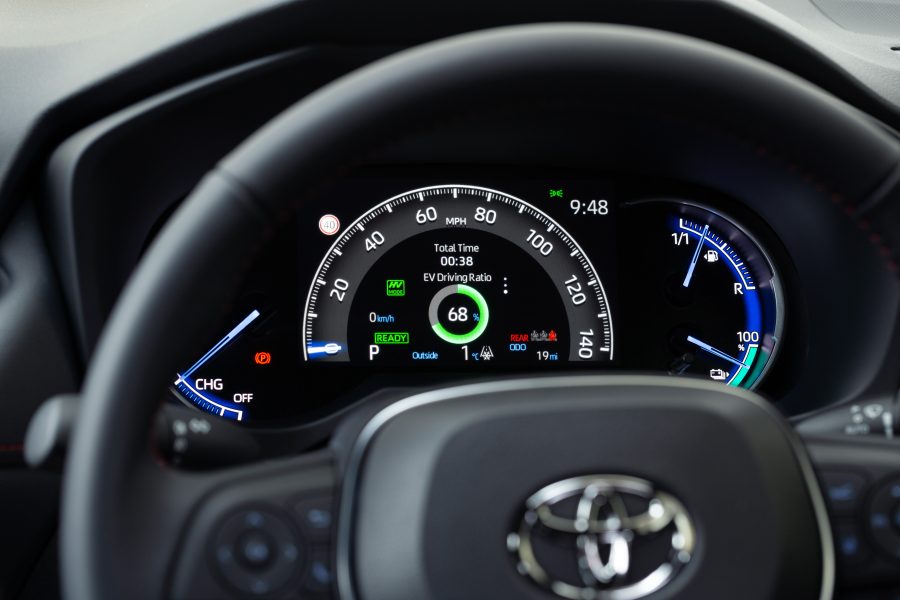
Maximum output for the full powertrain is 302bhp, which is 38% more than the standard RAV4 Hybrid. This equates to a 0-62mph time of six seconds (2.1 seconds faster than the RAV4 Hybrid) and more accessible power for improved driveability. In fact, there is now 50% more power available when accelerating out of urban zones.
To find out more about RAV4 Plug-in Hybrid, including fuel economy and emissions information, please click here.
RAV4 Plug-in Hybrid can operate as an authentic electric vehicle: with pure EV running as its default mode where it can cover up to 61 miles in urban driving (WLTP city cycle) on a full battery charge, and 46 miles in mixed (WLTP combined cycle) driving, comfortably more than the average European daily commute, with no intervention from the hybrid powertrain.
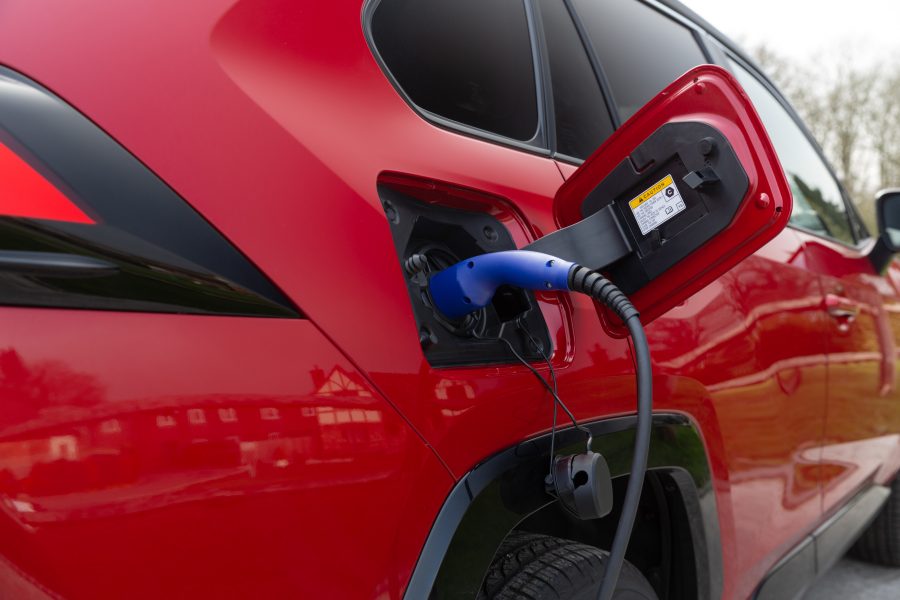
Further flexibility is built into the technology to allow the driver to choose to start the journey in hybrid (HV) rather than EV mode. For example, this would allow the driver to maximise efficiency by saving the vehicle’s EV range for an urban area. Nevertheless, when the limit of EV driving range is reached, the RAV4 Plug-in automatically switches to hybrid (HV) mode. Importantly, this is different to many plug-in hybrids, which revert solely to an internal combustion engine when the EV battery is depleted.
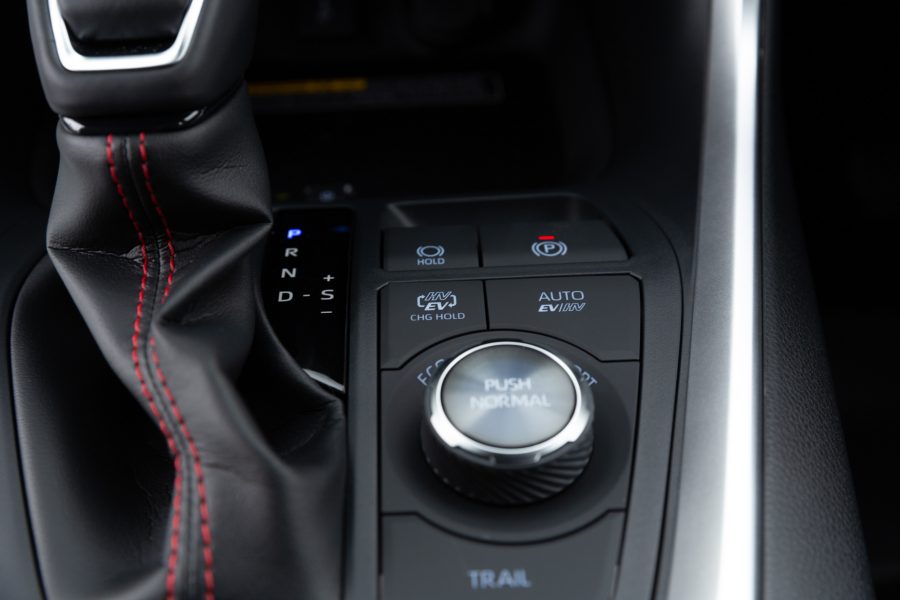
RAV4 Plug-in Hybrid’s battery is, however, too large to be fully recharged by the petrol engine and regenerative braking, hence the ‘Plug-in’ part of the vehicle’s name. Battery charging is simple and safe and can be accomplished in 2.5 hours using a 230 V/32 A connection and a wallbox charging unit. Type 2 cables for connection to a domestic power supply or wallbox are provided as standard with the RAV4 Plug-in Hybrid.
RAV Plug-in Hybrid fuel efficiency driving tips
Maximising RAV4 Plug-in Hybrid fuel efficiency means thinking a bit more in advance about your journeys and the type of driving you’re doing. So if you can, plan your driving around how much of each trip can be carried out in EV mode, but also think about whether or not you will be able to recharge when you reach your destination. If you can, or if the majority of your journeys can be completed almost entirely in EV mode, then your environmental footprint can be minimised.
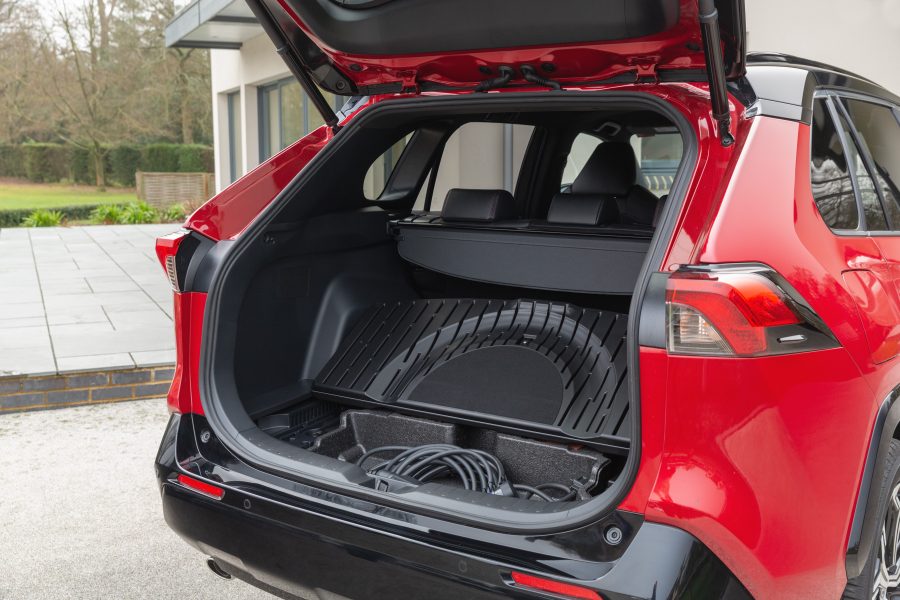
The techniques required to drive the RAV4 Plug-in Hybrid as efficiently as possible are much the same as those you would apply to driving any car. We covered those in the earlier article looking at the self-charging Toyota Corolla Hybrid, and respectfully suggest you divert your attention here for a few minutes.
Once you’ve taken that on board, the key to maximising the RAV4 Plug-in Hybrid hinges on four key things:
- Understanding the car’s drive modes.
- Forward journey planning.
- Managing the EV driving range.
- Being mindful of when you can next recharge.
All of this can be learned over time with the car.
What we’re talking about here is fine-tuning to absolutely make the most of what the RAV4 Plug-in Hybrid can achieve. If you prefer, the car can happily manage its power sources by itself. Just remember to recharge it as often as you can. This is where the Toyota MyT app could come in useful because it allows you to schedule and monitor battery charging remotely.
RAV4 Plug-in Hybrid: using the driving modes
RAV4 Plug-in has four modes for its plug-in hybrid system:
- EV (electric vehicle) mode – the default mode.
- HV (hybrid vehicle) mode.
- Auto HV/EV mode.
- Charging mode.
To maximise RAV4 Plug-in Hybrid fuel efficiency, that might mean toggling between HV and EV modes as you go. In our experience, it can be best to use EV mode in town and slow-moving traffic when the petrol engine is at its most inefficient, then switch to HV once up to speed on faster roads. All the while, keep an eye on your remaining battery range.
Alternatively, you can simply let the RAV4 Plug-in Hybrid automatically adjust its modes.
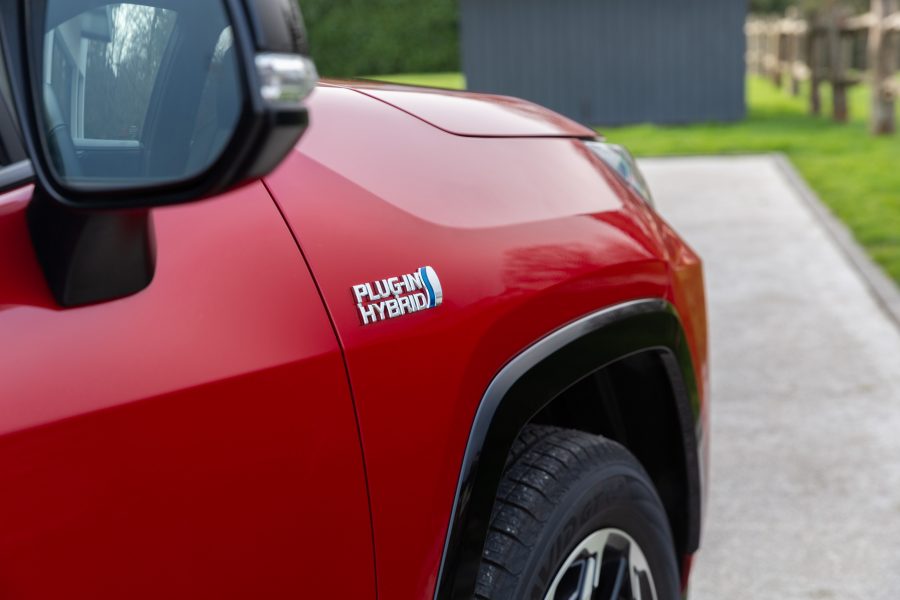
It operates by default as an electric vehicle (EV), running in EV priority mode, and will continue to run purely on its electric power, even with hard use of the accelerator pedal.
When the limit of EV driving range is reached in EV mode, the vehicle automatically switches to HV mode.
In Auto EV/HV mode, the hybrid system will automatically come into play when extra power is required, for example under sharp, sudden acceleration, with EV mode resuming immediately afterwards. Battery charging mode helps restore the level of battery charge when the level is too low for EV operation, drawing power generated by the engine.
As with most electric vehicles, it is not necessary to change gears in RAV4 Plug-in Hybrid. However, the sequential shiftmatic system allows the driver to use the paddle shifts on the steering wheel to gain engine braking.
Further assistance is provided by Deceleration Assist Control which automatically increases drive motor deceleration torque when downhill braking is detected. This makes for a smoother drive with less need for the driver to use the brakes.
Forward journey planning
If you’re going on a longer trip, try to start with a full charge of the EV battery so you can achieve as much zero-emissions motoring as possible. Also be mindful of trying to ensure you use all the charge by your journey’s end. If it’s a round trip with no opportunity to recharge at your stop, then factor in your return journey, too. If you are certain you can recharge at your destination, you can afford to use most of the EV battery’s charge on the outward journey and then replenish the battery for the trip back home.
Managing the EV driving range
Perhaps one of the most appealing aspects of RAV4 Plug-in Hybrid’s performance is its effortless acceleration off the line in EV mode. As tempting as it is to enjoy that initial kick of electric power (while observing the rules of the road), doing so will have an impact on your EV driving range. Better to pull away more smoothly and conserve energy.
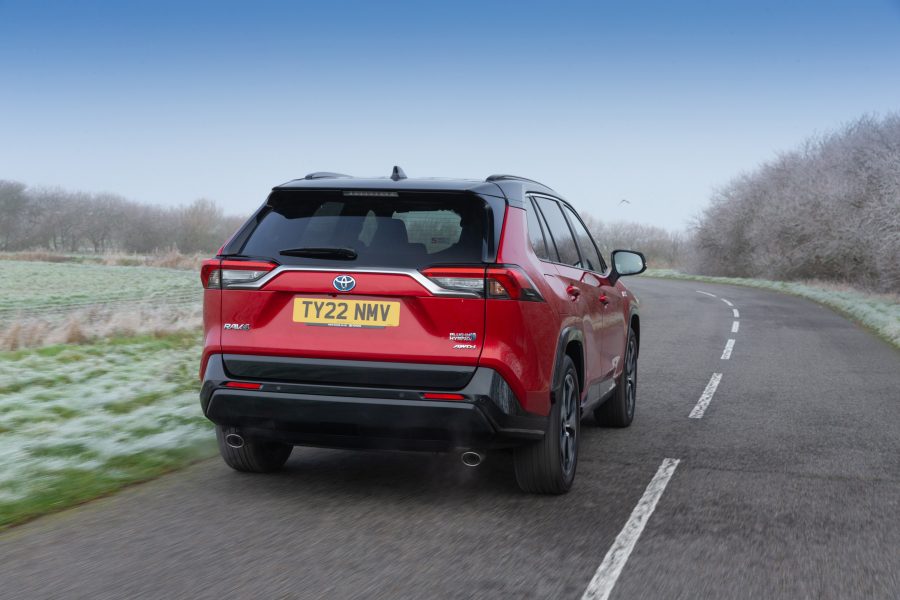
It’s also worth pointing out that the electric motor’s battery is never fully depleted. Once its charge dips below a certain point, the car switches from EV mode to HV. But there will always be enough charge left for the car to drive just like a self-charging Toyota hybrid, with all the efficiency advantages that brings. Under the right driving conditions it is possible to replenish the battery’s charge enough to restore EV mode, but this isn’t necessarily the most efficient way to use the car.
RAV4 Plug-in Hybrid: will it suit my lifestyle?
Toyota aims to make a range of cars to suit the needs of many different kinds of owners. The Prius Plug-in Hybrid won’t necessarily be the best option for everyone. To make the most of the car’s electric-only range and maximise overall efficiency (as well as minimising running costs), you should recharge at the end of most, if not all, journeys. So if plugging in where you live isn’t convenient, or isn’t an option at all, then a standard hybrid might be more suitable.
However, if charging is easy for you, and if you want a modern vehicle that is roomy, comfortable, smooth to drive and well-equipped, and which is also exceptionally efficient, then RAV4 Plug-in Hybrid could be just the vehicle for you.
NB: Details were correct at the time and date of publication
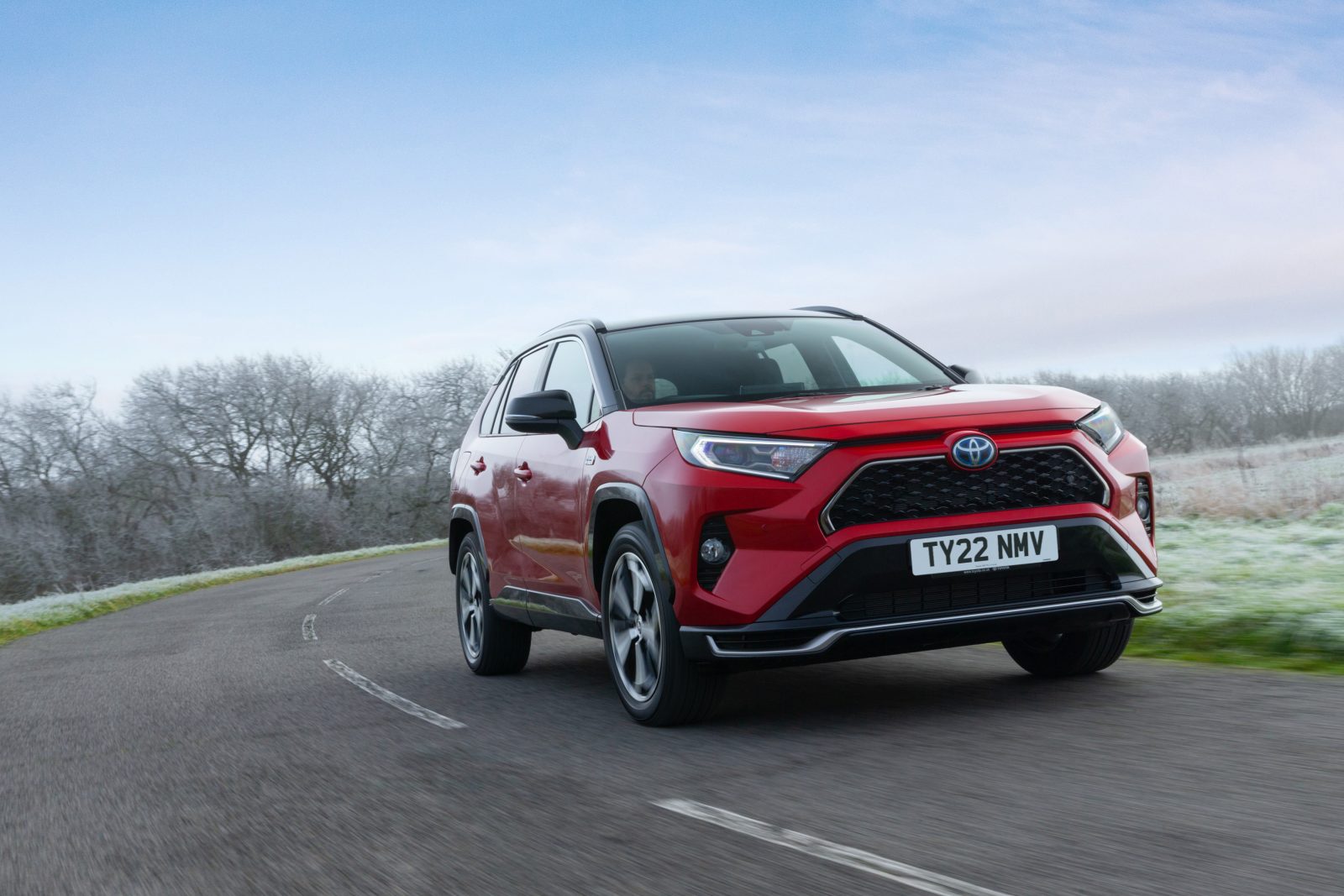
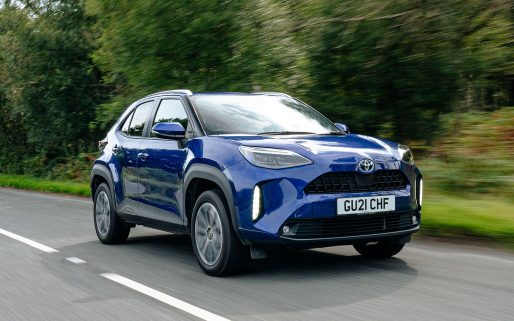
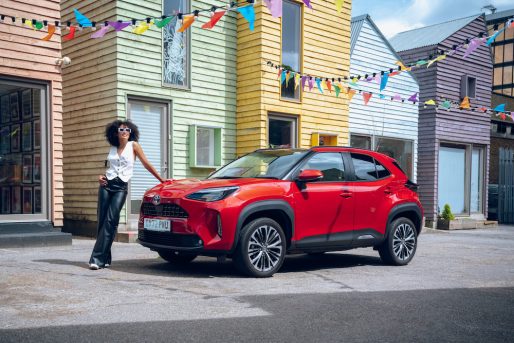

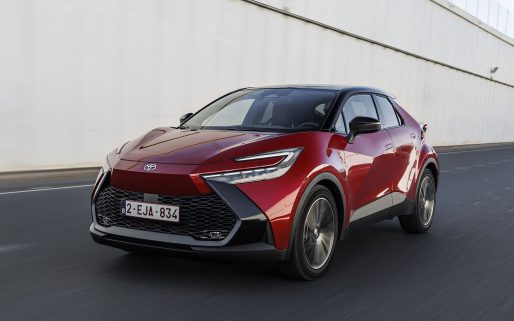
Hi, I live France and am buying a new Corolla TS from my local Toyota dealer, VIN SB1Z93BE90E295758. I have downloaded the MyT app but as I’m in France it’s in French which is the only version I can find on the android Google app store. Is there a way to change language on the app or download the UK version? I don’t take delivery until mid October so have plenty of time to find a solution. Thanks
Hi Richard,
Thanks for your question.
Please contact Toyota France for assistance with this query.
Thanks.
Hi, how long should it take for the plug-in Rav4 to be delivered to a dealer?
My new car was due to be delivered to the dealer (from Burnaston) 15 August. Now 4 weeks on the dealer is still awaiting delivery of the car. They have received no clear reasons from Toyota. Thanks
Hi Graham,
Thanks for your order.
Unfortunately, we do not have any information on this.
Your Toyota Centre is best placed to advise you on delivery times.
Thanks.
I echo the sentiment here. Toyota UK dealers never provide the actual date and honour the delivery date.
1. Assuming a long journey what is the fuel efficiency when in HV mode and the battery is depleted?
2. How does this compare to a non-hybrid model given the added battery weight?
Thank you muchly 🙂
Hi Steve, thanks for your question.
The WLTP figures for RAV4 Plug-in are 282.5mpg and 22g/km WLTP CO2. The WLTP figures for RAV4 Hybrid are 47-50.4 mpg and 126-136g/km WLTP CO2.
Our Technical Team have advised that the WLTP figures given for RAV4 Hybrid could be considered as an appropriate approximation for fuel efficiency in HV mode. Driving conditions and vehicle load will lead to slight variations.
Hope this helps.
Thanks.
The WLTP figures for RAV4 Plug-in are 282.5mpg. for this value did you take into consideration of using both electric charge and gasoline, that in 1 gallon it travels 282.5 miles (after using both)
Hi Phahmee, thanks for your question.
The WLTP driving cycle is divided into four parts, to determine WLTP figures, with different average speeds: low, medium, high and extra high. Each part contains a variety of driving, stopping, acceleration and braking phases; and the mean average of these figures provides a combined miles-per-gallon and CO2 figure that is more indicative of real-world use.
Thanks.
Hi,
I booked RAV4 hybrid in January this year and was promised ETA date initially September then moved October and then December. Now this week another surprise, ETA date moved to June 2023.
While I understand this needs to be dealt with dealer, it seems Toyota UK and dealers are totally unprofessional by not sharing the actual delivery status and always have hidden agenda.
Another thing to highlight, Toyota App is completely useless because it never gives exact status and dealer always says that don’t rely on the App status and we will get the exact status which they don’t.
I believe Toyota values and promise are completely broken and with this way soon will be out of the market.
Thanks
Senthil Kumar
Hi Senthil, thanks for your comment.
We understand your frustration and appreciate your patience.
Unfortunately, the semi-conductor global shortage is impacting lead times of our vehicles. We apologise for the inconvenience.
Please stay close to your Toyota Centre for updates on your order. If you would like to discuss this further, please contact our Customer Relations Team here – https://www.toyota.co.uk/help-centre#/iframe/https%3A%2F%2Fforms.toyota.co.uk%2Fcontact-us.
Many thanks.
FLAT BATTERY
I have a RAX4 PHEV plugin hybrid. When on holiday recently for three weeks, the car was left at home (luckily). When we arrived home, I could open the door but could not start the car. When I went back to it after phoning my local agent, the car was dead and nothing showed on the instrument panels. It was just over 1 year old.
Agents told me that I would have to take it to them to see, but I could not start it. They said they did not have a service person to come to my home and I would need to call a breakdown company, but I did not have one to call.
I called the small garage near to where I live and explained. They said it will likely be the battery and sent a mechanic to my house and started the car with a jump lead. I knew the driving battery was 2/3 charged and I thought that the battery was the last thing it could be because of this. I was told by agent that the small battery does not charge by the its alternator method and power comes from the drive battery via a converter, so it does not matter how little or how much I use the petrol engine as it does not charge the battery directly.
I was told this was a common problem and I should buy a trickle charger to make sure my battery had a good charge. I did this and charged it next day. What should I do in the future? I will have to leave it at an airport in future and would be really stuck if this happened. Do I need to charge it before I leave the car? Would this prevent this happening? A car of this cost should be able to hold its charge for this time. My other car and every car I have ever had would not run its battery flat like this. I was told new cars have lots more ‘going on in the background’ and if this the case they should be fitted with a much higher rated battery to allow for this. As this battery on my car is not ‘fit for purpose’, I would like your thoughts on what can be done to prevent this happening in the future.
In this day and age I should not have to trickle charge my car’s battery. The drive battery obviously has a connection via a power converter, I have been told. Why does this not keep topping up the small battery, or come into action if it is required?
I would be grateful if I had a reply as my email via the web site sent 10 days ago and 20 days ago have never been answered. I would like to send this to Toyota HQ, technical department but the website gives no information and I am told to talk to my local dealer, via the email link on the web site, which I did. They tell me that Toyota UK would have to take this up, but as I cannot talk to them directly, could you please pass this on so that I can have a response from Toyota UK? An email would be appreciated
Hi Graham, thanks for your comment.
We have sent you an email.
Many thanks.
This is a disturbing report from one of your customers and I am not impressed by the cloak of secrecy you have placed over it. I have a RAV4 plugin on order, (delivery date continuously moving backwards) and am very concerned. Why not operate with more transparency on this serious issue?
Hi Simon,
Firstly, thank you very much for your order and thank you for choosing Toyota.
We are sorry to hear of your concern on this.
Please be assured that we are willing to answer any questions that you may have.
Thanks.
Any response Graham? We had the same problem with a same model 1 year old car in October. We talked to the dealer after having to call out the RAC and were basically told to suck it up as we were leaving the car for tool long!
Hi Angela, thanks for your comment.
We are sorry to hear this.
Our Technical Team recommends a solar charger from the AA that plugs into the OBD socket. If you fully charge the battery and connect this as long as the car is outside, it will maintain the 12 volt battery. Page 92 of your Owner’s Manual warns owners that the 12v battery will discharge if left.
Thanks.
Hi there.
I have a year old RAV PHEV , I’m really impressed by the vehicle. 87% of my driving is on the battery which I charge regularly. Recently tho, even if I have 20/25 miles left, the engine is switching itself on with no input from the battery.
I don’t recall changing modes.
Hi Niamh,
Thanks for your comment. We are pleased to hear that you are pleased with your RAV4 Plug-in.
When needed, your RAV4 will switch seamlessly between a blend of petrol and electric, and pure electric energy in order to create the most efficient drive.
We hope this helps.
Thanks.
I bought a new 2023 RAV4 hybrid prime. I still have not received my second fob key for the car! I have contact the dealer several times, and they said they did not know win the five would be coming in.
Well, it’s been six weeks since I own the car and I still have not received the fob. Who should I contact?
Hi David, thanks for your comment.
We are sorry to hear this and apologise for the inconvenience.
We would recommend contacting our Customer Relations Team to discuss this. You can find them here: https://www.toyota.co.uk/help-centre#/iframe/https%3A%2F%2Fforms.toyota.co.uk%2Fcontact-us.
Thanks.
what button do i have to press to get my rag 4 plug in hybrid to top speed fast
Sorry, we’re not sure we understand your question?
I have a Rav prime plug in. In error I put a start time in the charging schedule. As i do not want to have a schedule for charging how can I simply remove or cancel the schedule in the App. All I can see is how to change it
Hi Barry, thanks for your question.
Please contact our Connectivity Team regarding this. You can find them here: https://www.toyota.co.uk/help-centre/connectivity.
Thanks.
hello, I want to know the average proportion of RAV4 plug-in Hybrid in electric mode
Hi Lu, thanks for your comment.
Please can you clarify your question so that we can best help you.
Thanks.